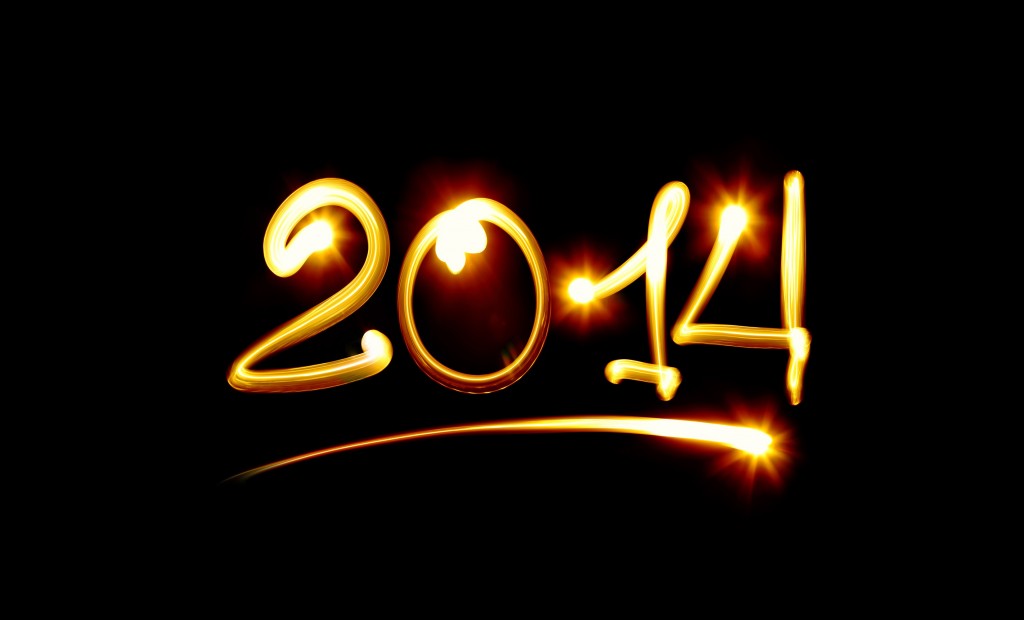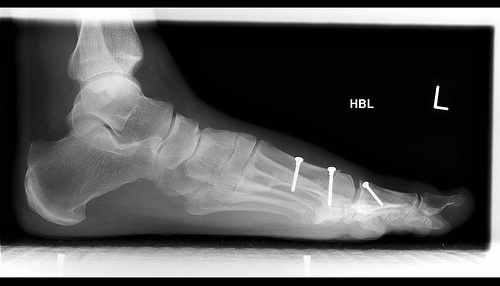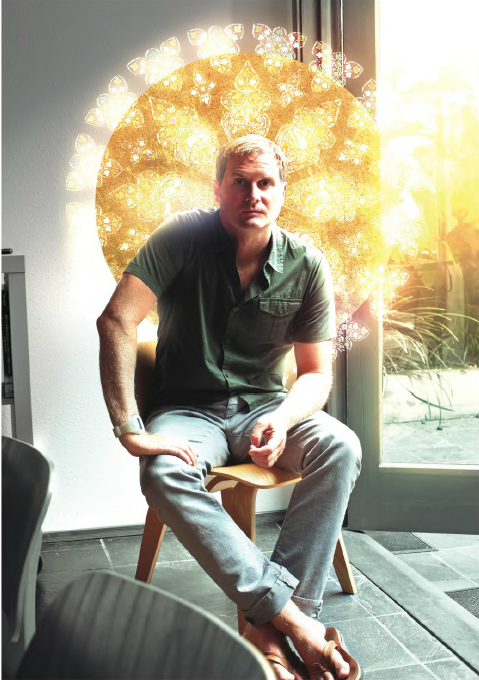Just when you thought emergent was dead, scholars are showing that it’s very much alive and kicking. I will soon write about the excellent full-length book, The Deconstructed Church: Understanding Emerging Christianity by Gerardo Marti and Gladys Ganiel. That book came out earlier this year.
Now, two political scientists — Ryan P. Burge of Eastern Illinois University and Paul Djupe of Denison University — have co-authored two academic articles about the Emerging Church. Each article shows some fascinating insights into the movement, and each upsets some of what we think we know. I’ll post about one today and the other on Monday.
The first article is titled, “Truly Inclusive or Uniformly Liberal? A Analysis of the Politics of the Emerging Church,” published in the Journal for the Scientific Study of Religion. Burge and Djupe begin by noting that ECM leaders insist that they’re not just liberals, while conservative Christian leaders often say that’s exactly what we are. What’s the truth? Burge and Djupe set out to set the record straight.
The first challenge is figuring out just how many pastors are Emergent. This is the first finding that surprised me. Burge and Djupe surveyed pastors who are members of mainline denominations because only then could they measure the politics of ECM pastors against a larger, standard population. (This means that pastors of nondenominational churches — people like Doug Pagitt, Danielle Shroyer, Tim Keel, and Darrin Patrick — are not represented. Clergy were considered ECM if they self-identified as Emergent. Here’s how that affiliation breaks down by denomination:
You can see that the percent of clergy who identify as Emergent ranges from 1% of Southern Baptist to 14% of Disciples of Christ. Across all denominations, 7% of clergy identify as Emergent.
Regarding politics, Burge and Djupe begin their analysis by noting that the “irony of American religion” is that the “purity of intent often leads to the opposite outcome.” So the liberalism of the historical critical method and the social gospel in the mid-twentieth century actually gave rise to the evangelicalism of the late-twentieth century. That is, Walter Rauschenbush can be indirectly credited with the election of Reagan and both Bushes.
That theory would suggest that the ECM, as a reaction to the evangelicalism of the 1980s and 1990s would simply be a pendulum swing back to the left. But it turns out that it’s not that easy. The authors checked the positions of ECM pastors against the broader population of clergy on these issues: gay marriage, the environment, abortion, international affairs, school prayer, and government involvement.
According to broader surveys, “Nonemergent clergy from these denominations are typically conservative.” Emergent clergy claim to be more diverse and more inclusive than the broader population of church leadership, so Burge and Djupe evaluated this claim using distribution analysis, kurtosis, and nonskew distribution.
Here’s what they found:
- Emergent clergy are 52% liberal and 28% conservative on political issues;
- Nonemergent clergy are 28% liberal and 61% conservative.
So, ECM clergy are more likely to be liberal than nonemergent clergy. However, “while emergents have a mean score that is more to the left compared to nonemergent clergy, their distribution is not skewed around its mean and is relatively flat, supporting a conclusion that emergents are diverse and inclusive.” Here’s what that looks like in a graph:
Other notable findings:
- ECM clergy are slightly more liberal on biblical issues like the historicity of Adam and Eve than nonECM clergy.
- ECM clergy are twice as likely to be female (20%) than nonECM clergy (10%).
- ECM clergy are more likely to be in an urban area than nonECM clergy.
- ECM churches tend to be in states with more religious pluralism and less religious adherence than nonECM churches.
In conclusion, Burge and Djupe note that there’s a “reasonably large number of emergent clergy who hail from a mainline denominational affiliation,” and this finding contradicts earlier studies on the ECM. They continue, “The movement tends to be theologically flexible,” and emergents “can be found anywhere on the ideological and theological spectrums.” They conclude,
The ECM’s focus on drawing from all religious traditions and political perspectives is more than just a high-minded ideal, it is a statistical reality.
And that’s good to hear.
—————————————————————————————–
You can find all of Tony’s books HERE, and you can sign up to be the first to know about his next book, Did God Kill Jesus? HERE.











